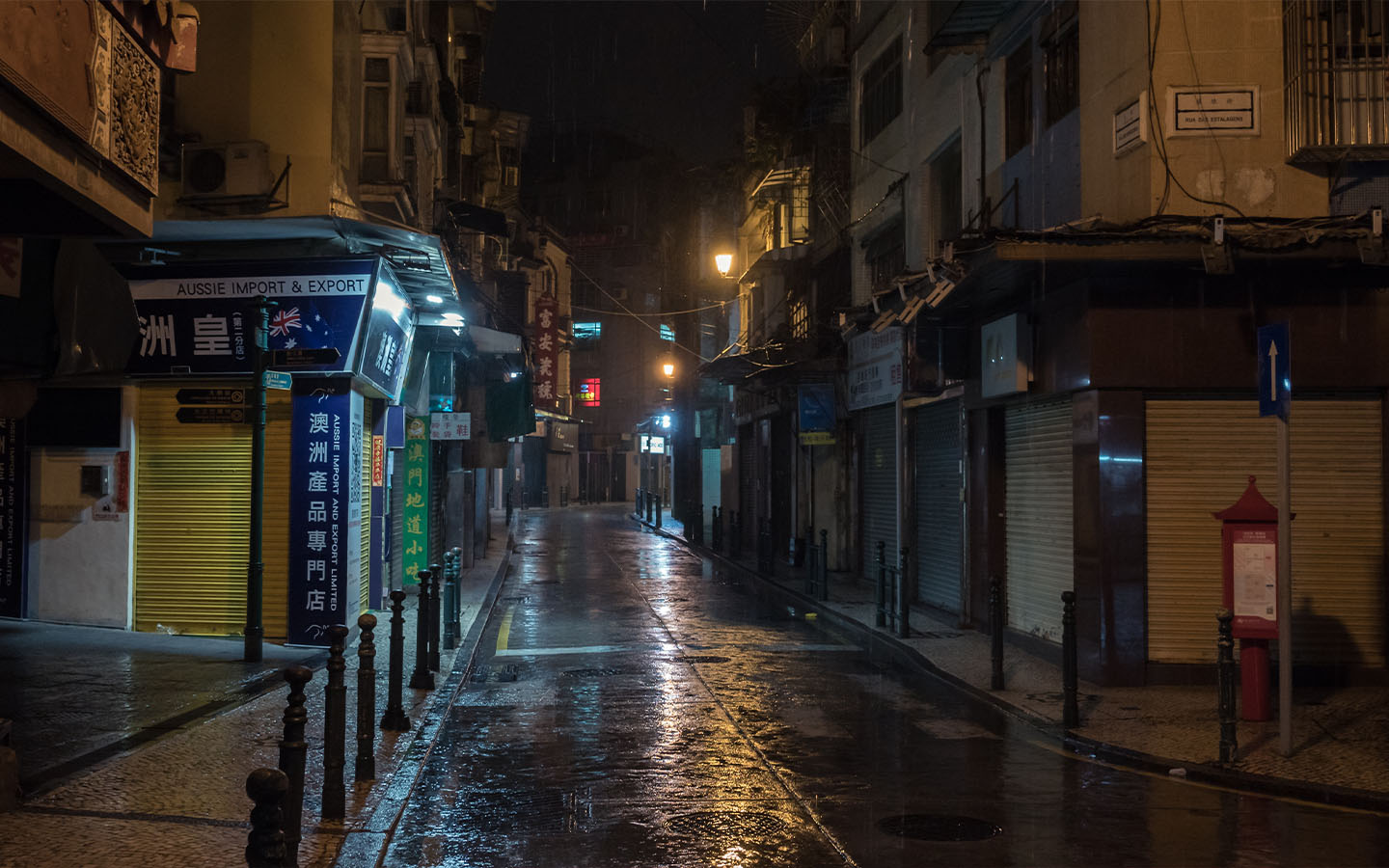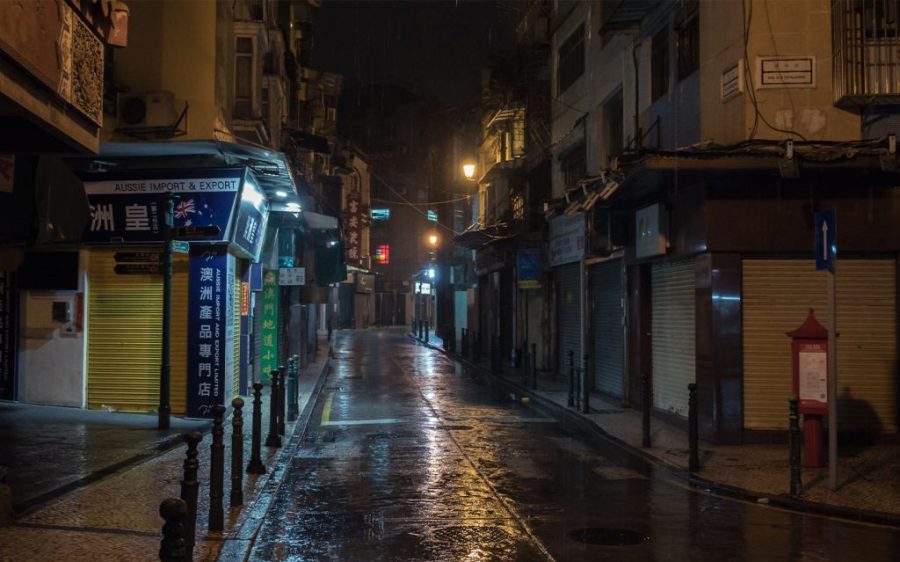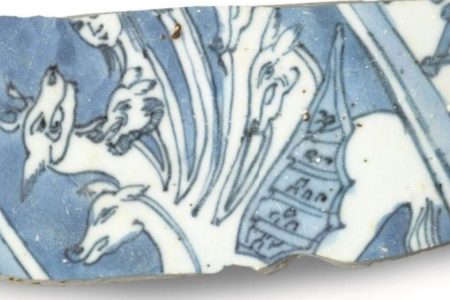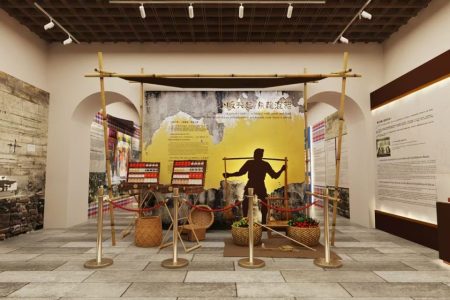For many Chinese people, the seventh lunar month is an unsettling time of the year. According to legend, the gates of the spirit world open during this month, allowing ghosts and spirits from the underworld to roam the human domain. That’s why it’s commonly known as Ghost Month, with the Hungry Ghost Festival falling on the 14th day of the lunar month (6 September this year).
During this time, people perform various rituals to appease wandering spirits, such as burning paper offerings on the streets. There are also numerous taboos to avoid misfortune – like staying away from lakes and the sea, among other places thought to be a favourite of gathering ghosts.
[See more: Wartime Macao: Neutrality, refugees and riches]
To help you immerse yourself in the eerie atmosphere of the season, Macao News has compiled a series of spine-chilling local ghost stories and urban tales from various published sources. If you’re brave enough, you might even visit the places mentioned and uncover something unexpected – or meet a new “friend.”
The four ghostly tenants
Near the Sa Kong Municipal Cemetery in Taipa stands a residential building known for its paranormal reputation. According to SODA Magazine, one story tells of a buyer interested in a long-vacant unit. After receiving the keys from the seller, he went alone to inspect the apartment.
Upon opening the door, he saw four people playing mahjong in the living room. They all turned to look at him simultaneously. Startled, he apologized and quickly shut the door. Later, he came back with a friend. But this time, the apartment was completely empty.
[See more: Roger Crowley’s Spice is a must read for lovers of Macao history]
Some say the area is haunted because of what happened during World War II. At that time, many refugees came to Macao. There wasn’t enough food, and many people got sick and died. The government couldn’t handle all the dead bodies, so mass graves were at Sa Kong Cemetery and many were buried together. The four ghostly tenants are thought to be the spirits of those who lost their lives at this time.
“Cannibal Alley”
There are credible historical accounts of cannibalism in wartime Macao, owing to the extreme scarcity of food. One horrifying tale from the war years says that a woman was murdered in Calçada do Amparo and her body was cut up and sold in the market as food.
Another tale from the same area speaks of a 19th century fire that killed many people who were trapped in their homes. Locals used to say that if you pass by at night, you could hear the sound of wailing.
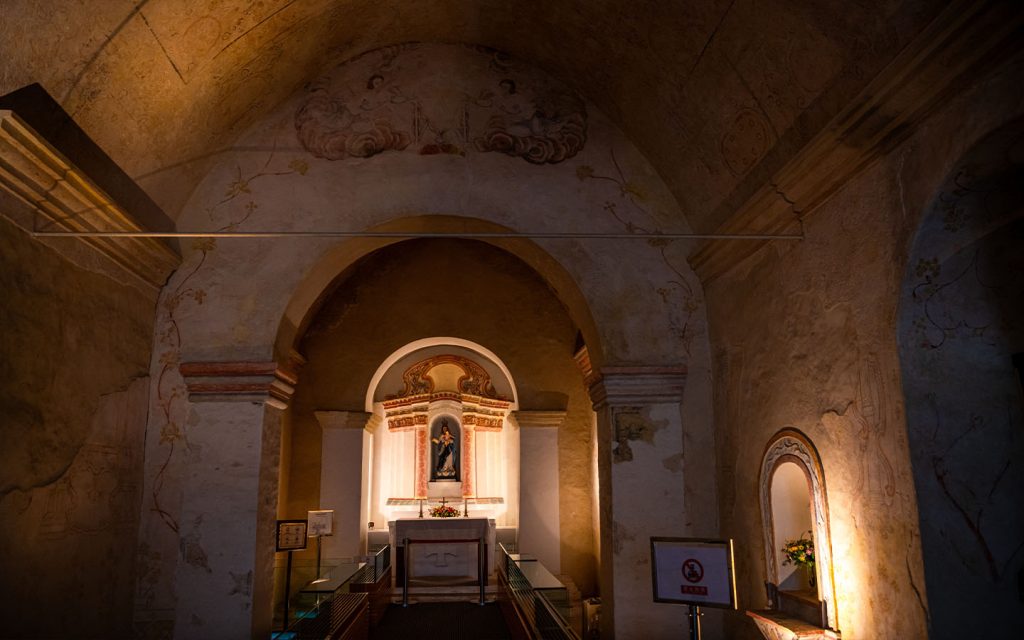
The haunted house on Rua da Madre Terezina
On Rua da Madre Terezina, there once stood a high-end residence that became the site of a gruesome murder. On the morning of 25 July 1966, a woman, covered in injuries, ran into the street screaming. She had reportedly been raped, and her husband brutally killed with a triangular file, by the same man. The perpetrator was later subdued by a nearby policeman.
[See more: Unveiling hidden histories: American traders’ glimpses into old Macao]
The residence was said to be plagued by supernatural events afterward – pets and even residents mysteriously passing away. The building was abandoned for years, sealed off until it was finally redeveloped into a high-rise a few years ago. On the day construction began, the developer, unusually, held both Buddhist and Catholic rituals on site – believed to be a response to the supposed haunting.
Ghosts of Guia Hill
Traditionally, Chinese people buried their ancestors in the mountains, and Guia Hill was once dotted with graves before its development. It’s well known that incense is food for spirits. In the 1960s or 70s, a policeman reportedly tried to “see ghosts” by walking around the hill with a lit incense stick. As he neared the end of his walk, he heard footsteps behind him and says he was chased by a group of ghosts.
[See more: How much do you know about the six bridges of Macao?]
Whether or not you believe that, it is true that many people were buried on the hill in the past. Even to this day, if you look closely at the ground near the entrance to Guia Fortress, you might find engraved slabs. One of them marks a grave. It’s said that when the Portuguese paved the road, they used Chinese tombstones as construction material.
The wandering ghosts of Dutch soldiers
On the northeastern edge of the Macao Peninsula, beside the reservoir, stands the Miradouro de D. Maria II scenic viewpoint. It has a poetic Chinese nickname, 海角遊雲 (Cloudy Cape), which evokes the image of drifting along the seaside as if floating among the clouds. But originally, it bore a much more haunting name, 海角遊魂 (Ghostly Cape).
[See more: A blogger has rediscovered the writings of a 19th-century woman on Macao]
This name is said to originate from the year 1622, when the Dutch launched an attack on Macao. The Portuguese government mounted a fierce defense and successfully repelled the invaders. Many Dutch soldiers perished at that very spot, and their restless spirits were believed to linger there. Over time, the name was softened – replacing the character for “ghosts” (魂) with the gentler homophone for “clouds” (雲) in Cantonese, to make it less frightening.
